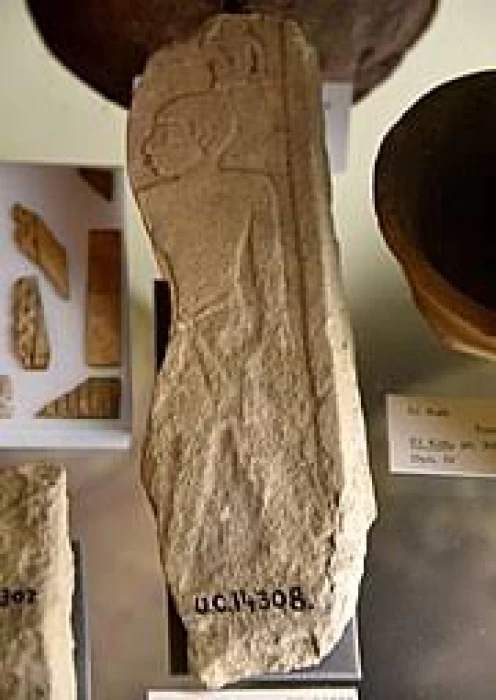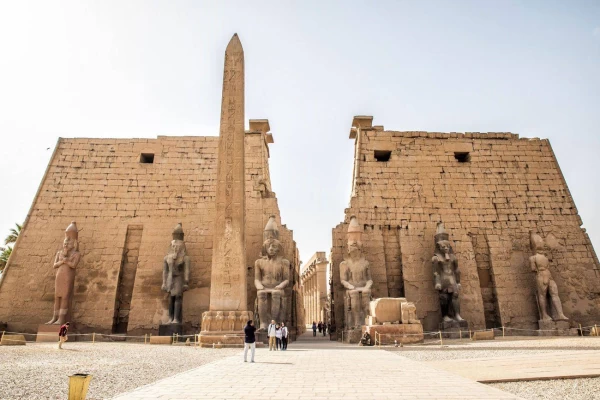
The Sixteenth Dynasty in Ancient Egypt
Facts About The Sixteenth Dynasty
The epoch referred to as The Sixteenth Dynasty occurs in Egypt’s intermediate period otherwise called Second Intermediate Period which spans approximately from 1782 till 1570 BC. Moreover, this epoch is demarcated by a segmentation of the nation into diverse competing monarchies alongside presence of Hyksos who were Asian origin invaders that organized their dynasty within Nile Delta.
Rulers
Initial Kings: Senkheperre who starts off this dynasty endeavored to stabilize as well as masterminding power within upper Egypt based on his inscriptions and artifacts thus causing some subsequent rulers keep fighting off Hyksos.
Royal List: Compared to their counterparts in the sixteenth or seventeenth dynasties, rulers belonging to sixteenth dynasty remain less significant because there are fewer documents and artifacts specifically attributed to them. Some of these include:
Senkheperre, founder whose name sometimes appears in inscriptions on tombs and temples situated in the area of Upper Egypt. Sehetepibre ranks among another remarkable king, whose archaeological evidence is scanty but indicates a continuation of attempts at resisting Hyksos.
The Sixteenth Dynasty ruled mostly over Upper Egypt, with its capitals located in Heraklepolis and other surrounding cities. Despite the Hyksos' dominance in the north, they were able to retain some degree of autonomy thanks to their position. The pharaohs of this dynasty focused their energies on consolidating their own power and retaking the territory that the Hyksos had previously held. Despite their lack of success, their resistance helped set the stage for the Seventeenth Dynasty's ultimate Egyptian reconquest.
The Seventeenth dynasty progressively assimilated the Sixteenth dynasty. The Eighteenth Dynasty pharaohs, who were successful in driving the Hyksos from the kingdom and reestablishing unified Egyptian power, brought an end to the Hyksos dynasty and the start of the New Kingdom era.















